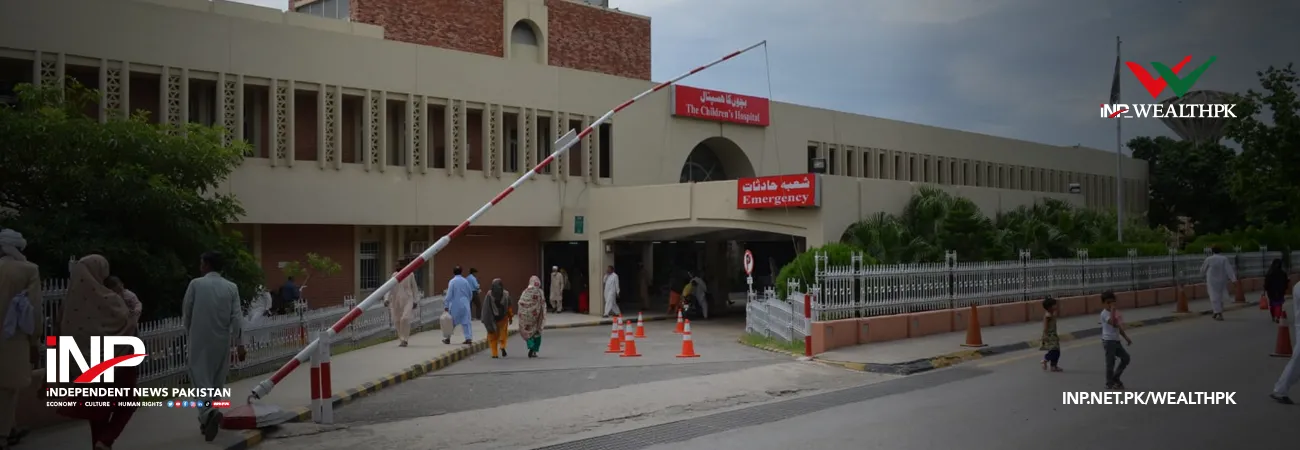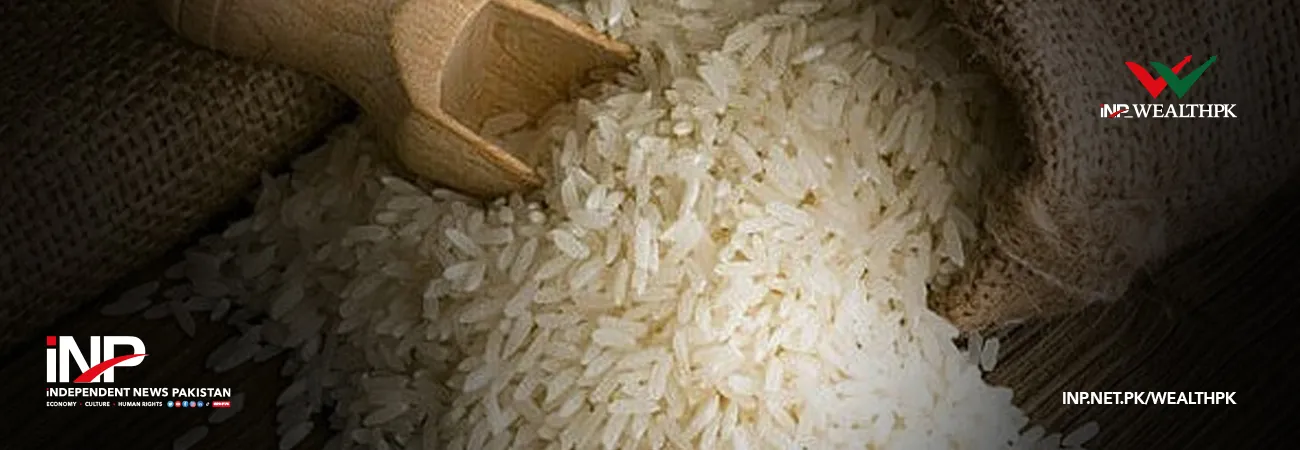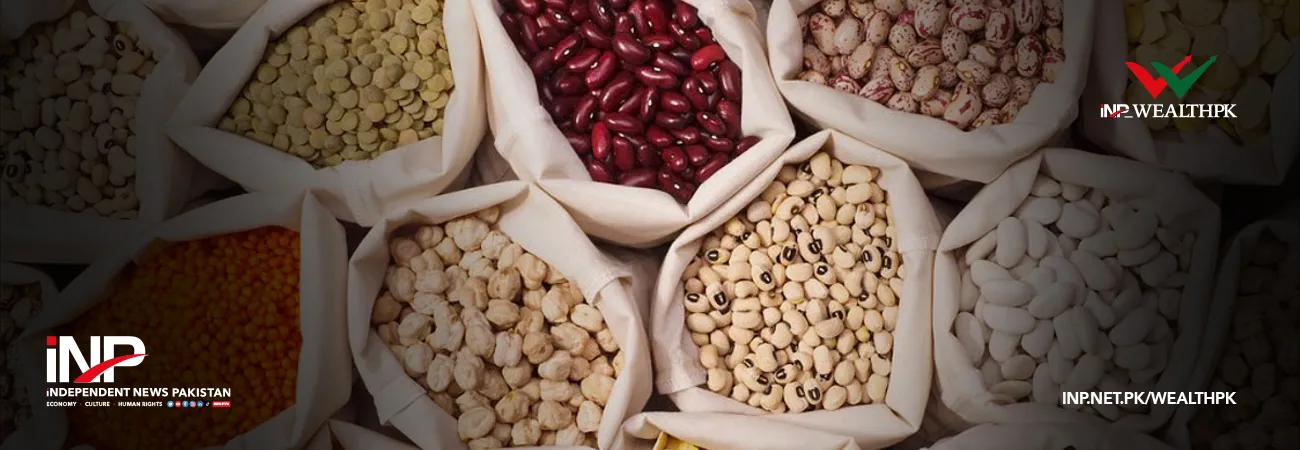INP-WealthPk
By Qudsia Bano ISLAMABAD, May 26 (INP-WealthPK): Increasing water scarcity is forcing innovative ways to maximise the use of available water resources to maintain yields. The most appropriate strategy to address water scarcity is to increase water productivity at the agricultural level. Precision land levelling (PLL) is a mechanical procedure for grading and smoothing land to a precise and consistent plain surface at grade or zero slopes with less than 20 millimetres of fluctuation. PLL is often performed using a traditional method that involves earth movement using bucket-type soil scrapers and tractor-mounted back blades. Land levelling using light amplification by stimulated emission of radiation (LASER) is the greatest choice for increasing water productivity by reducing water application losses. Talking about improving water productivity amid serious shortages, Dr. Rizwan, a senior scientific officer from the National Agriculture Research Centre, told WealthPK that in Pakistan, the rapidly diminishing supply of groundwater for irrigation posed a serious threat to agriculture. Regulations that may be used to incentivise farmers to use various water-saving technologies have piqued attention, he added, saying that one of the most critical inputs in crop production was water, whose constraint was also recognised as a major driver of cropping system production stagnation. He said the scarcity value of water was not reflected in water prices due to a lack of adequate water-pricing mechanisms. Many farmers have expanded their reliance on private tubewells in the face of unpredictable canal water deliveries, putting significant strain on groundwater supplies, he maintained. According to the NARC scientist, precision land levelling project in Pakistan has proven to be extremely useful since it reduces operating costs, assures more accuracy in less time, saves irrigation water, ensures uniform seed germination, improves fertilizer use efficiency, and raises agricultural yields. He recalled that monitoring and evaluation consultants of the Punjab Irrigated-Agriculture Productivity Improvement Project had conducted an impact-assessment research in 2018 for evaluation, which showed that effectiveness of water application water conservation increased by 25%, crop yield by 23%, fertilizer efficiency by 11%, on-farm labour savings by 18%. He said a laser land leveller was a relatively new device for resource conservation. It has the ability to revolutionise the way food is produced by improving the resource-use efficiency of vital inputs while causing no disruption or harm to the ecosystem's productive resilience. Despite the numerous direct and indirect advantages of laser land levelling technology, it has yet to become a widely used farming practice in emerging and impoverished countries, he further explained. He said that it would need a lot of well-considered and synchronized research, extension, participatory, economic and policy measures to accelerate the technique’s popularisation and large-scale adoption with long-term output sustainability in mind. According to the scientist, a minimum of 65-million-acre feet of water is required for irrigation. However, there are only 45-million-acre feet of water available for crops via canals, lakes, and tubewells. As a result, production of our agricultural commodities is decreasing with the cost of per acre production rising. He also said that higher areas were unable to get adequate amounts of water, while water accumulated on lower lands causing plant roots to rot, thus reducing production and wasting water. The NARC scientist stressed that innovative technologies like the laser soil levellers should be increasingly used to boost per acre productivity.













